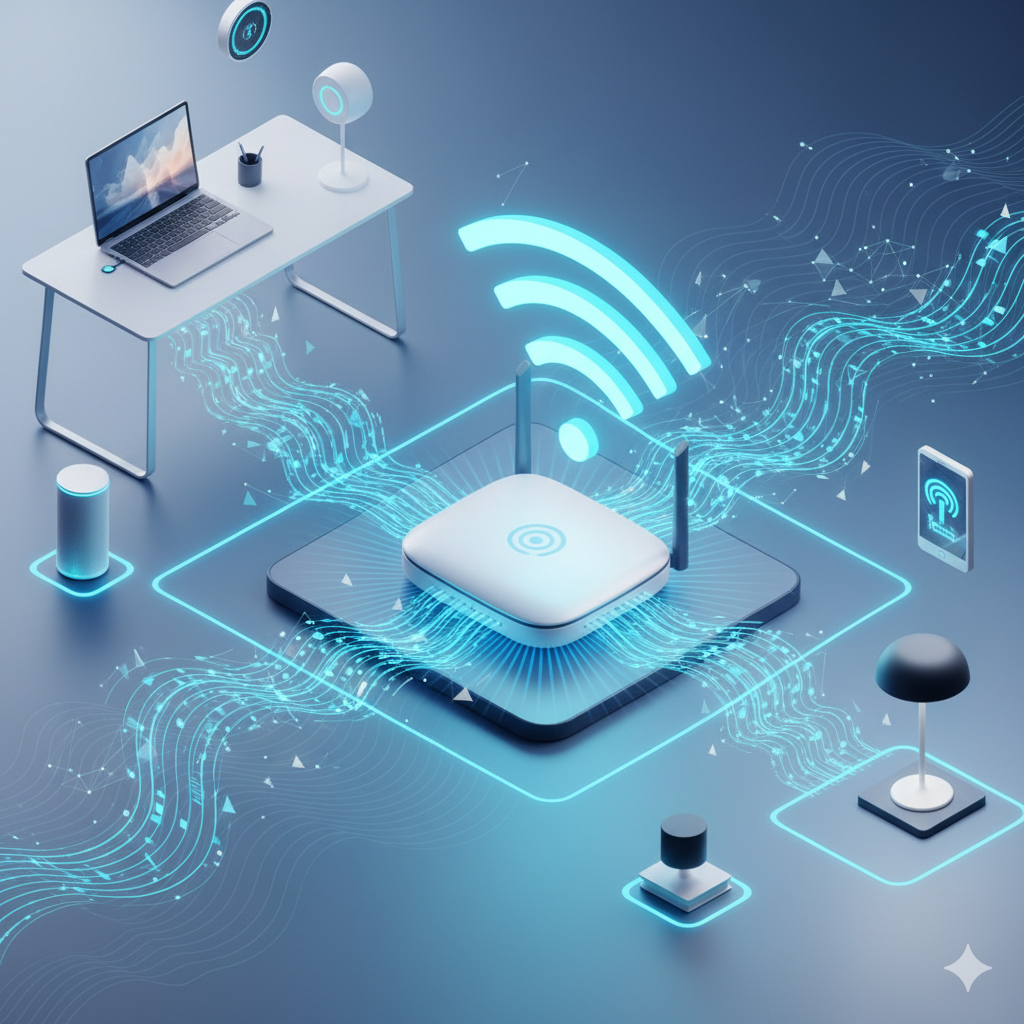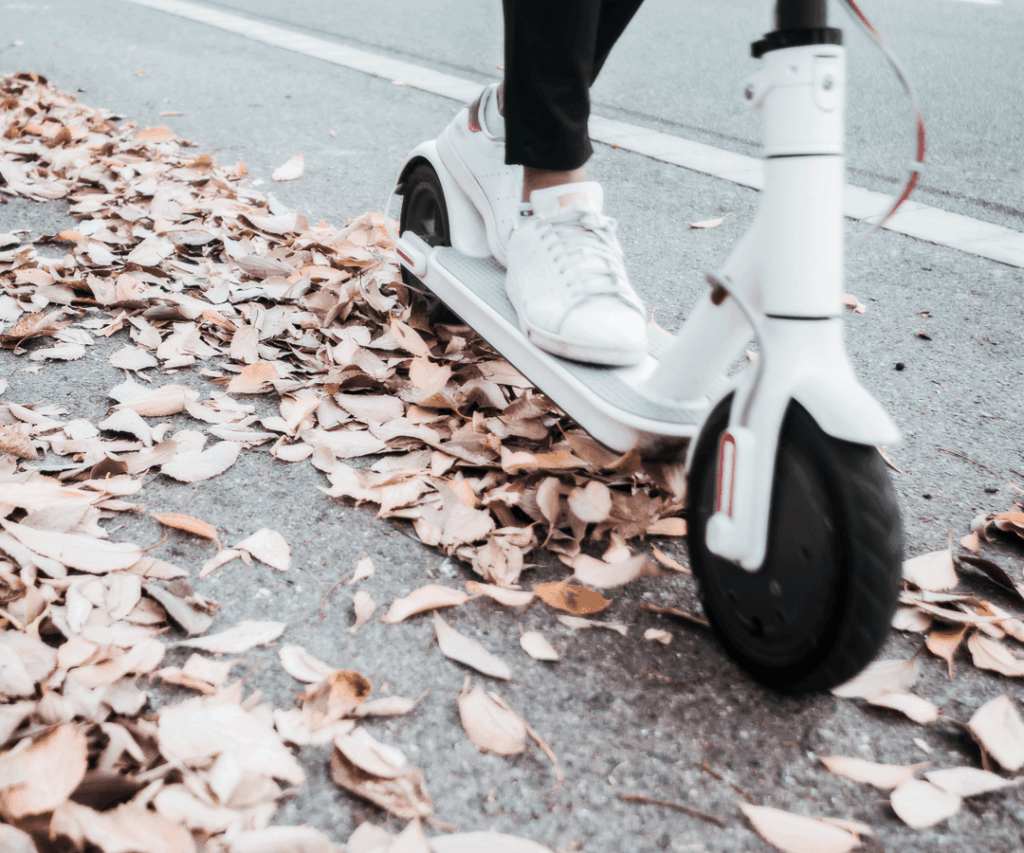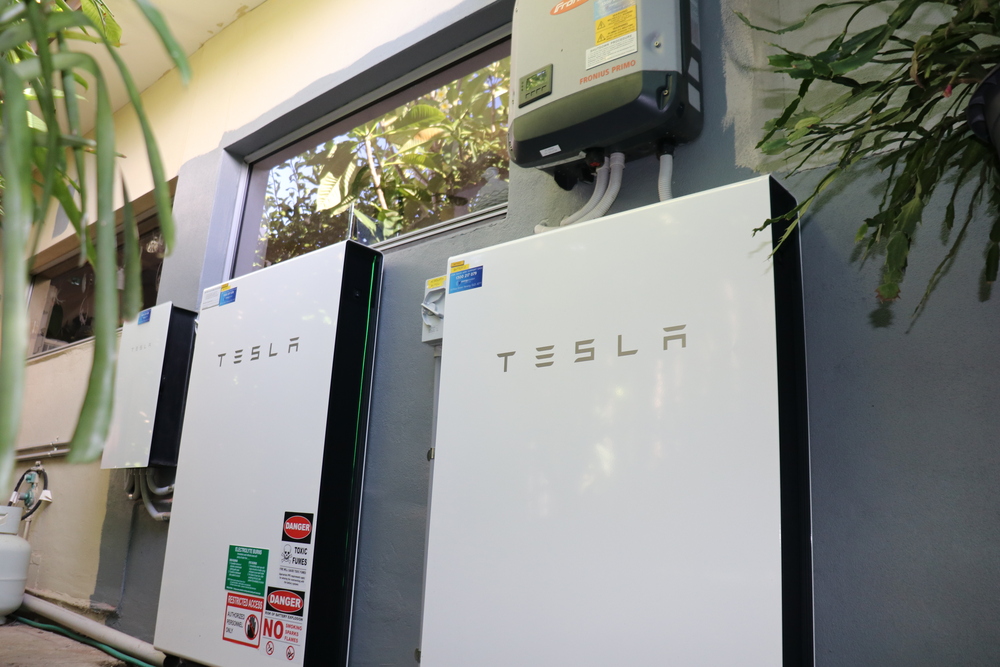Commonly known as drones, unmanned aerial vehicles (UAVs) have become somewhat widely used in recent years outside of commercial and leisure purposes. In war areas, where they are redefining real-time reconnaissance, drones are among the most transforming tools available. In high-stakes scenarios, these security drones lower human danger, offer real-time intelligence, and improve situational awareness. This blog looks at how security drones are being used in conflict areas, their benefits, main uses, and the future of drone-based reconnaissance in military and humanitarian activities.
The Turn to Drone-Based Reconnaissance
Reconnaissance operations historically consisted of sending people on land or using manned aircraft to collect information. These techniques not only taxed resources but also put pilots and soldiers in major danger. This relationship has changed as small, high-tech drones have emerged. Nowadays, security drones may complete these tasks remotely, gathering vital data while maintaining human agents at a safe distance. Their indispensable nature in modern warfare and peacekeeping activities stems from their capacity to fly into hostile surroundings and provide real-time data.
Situational awareness and real-time surveillance
Real-time surveillance is among security drones in conflict areas most important purposes. Equipped with GPS technology, infrared sensors, and high-resolution cameras, drones can send live video feeds to command centres miles distant from the front lines. This helps field commanders and military strategists to make fast, well-informed judgments grounded on the most recent facts.
Drones offer a bird’s-eye perspective that was once difficult to get, whether tracking enemy troop movements, evaluating urban battleground layout, or spotting possible ambushes. Their silent operation and agility make them perfect for clandestine monitoring, particularly in metropolitan and woodland areas where conventional reconnaissance could be dangerous or unworkable.
Force Safety and Threat Detection
Protection of ground soldiers also depends much on security drones. Drone detection of possible hazards, including hidden bombs, snipers, or approaching enemy forces, comes from constant patrolling of perimeters or escorting convoys. Some drones equipped with advanced artificial intelligence can recognise objects, patterns, and behaviours suggesting danger. Alerts for discovered anomalies can be delivered right away to staff members on the ground, therefore allowing a quick reaction.
By guaranteeing that activities are based on reliable and timely intelligence, this proactive approach to danger identification not only promotes military personnel’s safety but also helps to minimise civilian casualties.
Target Purchase and Accuracy Attacks
In areas of high-intensity conflict, precisely spotting and neutralising threats is critical. Through hovering above a target area, marking coordinates, and guiding accurate strikes as needed, drones help target acquisition. Unlike manned aircraft, drones can linger for long periods waiting for the best opportunity to strike. While lowering collateral damage, this persistence raises the chances of mission success.
Moreover, security drones frequently assist ground units with targeting data that enhances the potency of artillery, missile systems, or air support. This integration improves the whole military operation’s coordination.
Help in Urban Conflict
The thick surroundings, limited paths, and presence of people in urban warfare provide special difficulties. Under these conditions, drones are especially useful. Small quadcopters and micro-UAVs provide soldiers unmatched access to real-time pictures of urban battle zones by navigating tight areas, flying through windows, or hovering over roofs.
Without endangering military lives, drones can also be used to map buildings and locate strongholds or sniper nests. Drones increase the efficacy of tactical operations and help to prevent expensive surprises by offering thorough reconnaissance in remote regions.
Rescue Operations in Humanitarianism
Although they are mostly connected with warfare, drones have great use in humanitarian situations inside conflict areas. Following conflicts or natural catastrophes, drones can be sent to evaluate damage, search for survivors, and carry supplies. For emergency response teams in places where infrastructure has been damaged or access is restricted, drones are essential.
By assessing land and infrastructure, drones may also track refugee flows, spot mines, and help with post-conflict reconstruction. These non-combat uses show the adaptability and possibilities of drones to help even in the middle of anarchy.
Intelligence Analysis and Data Gathering
Apart from visual scouting, drones are also useful instruments for data collection. Different sensors let them record auditory, chemical, and thermal information. Real-time transmission of this data then goes to intelligence experts who can utilise it to find hidden assets or threats, spot trends, and project enemy behaviour.
The capacity of drones to process and understand data on the fly will only rise as artificial intelligence and machine learning technologies develop. This change from passive monitoring to intelligent analysis is influencing the upcoming recon operations.
Operational benefits in asymmetric warfare
Many contemporary conflicts include non-state players, rebel organisations, or irregular militias defying accepted warfare strategies. Many times operating in challenging environments, these units make conventional reconnaissance techniques less successful. In such asymmetric combat, drones track movements across far-off or heavily populated areas, therefore offering a tactical edge.
They can track high-value targets with low footprint, monitor supply routes, and find training camps. This adaptability lets armed forces stay situational dominant amid erratic surroundings and change with changing threats.
Limitations and Difficulties
Security drones provide certain benefits, but they are not without restrictions either. Their performance may be impacted by the weather, including strong winds, rain, or sandstorms. Drones also run the danger of cyberattacks, signal jamming, and anti-aircraft fire. Opponents might use counter-drone technologies to disrupt or seize UAVs in highly contested areas.
Drone usage in conflict raises ethical and legal questions as well. Particularly as drone operations get more autonomous, privacy, responsibility, and civilian injury issues call for careful thought. For both military forces and humanitarian organisations, ensuring that drone operations follow international laws and ethical guidelines remains a great difficulty.
Drone Recon’s Future in Conflict Zones
The way drone technology develops will probably make their presence in conflict areas even more important. Advances in battery life, autonomous navigation, AI-powered analytics, aerial mapping, and swarm technology will let drones run longer, more precisely analyse data, and work more closely in group formations.
Security drones could be able to conduct completely autonomous recon missions in too distant future, share intelligence with several units in real time, and adjust to changing battlefield conditions free of direct human control. Along with changing military strategy, this development will redefine intelligence acquisition and application throughout a fight.
Conclusion
By offering real-time intelligence, improving situational awareness, and lowering the hazards human troops confront, security drones have transformed reconnaissance in conflict areas. In military and humanitarian missions, their versatility, accuracy, and developing intelligence capacity make them vital instruments. Although obstacles still exist, drone technology’s trajectory points to its only deepening influence in the years to come, hence a pillar of modern combat strategy.









